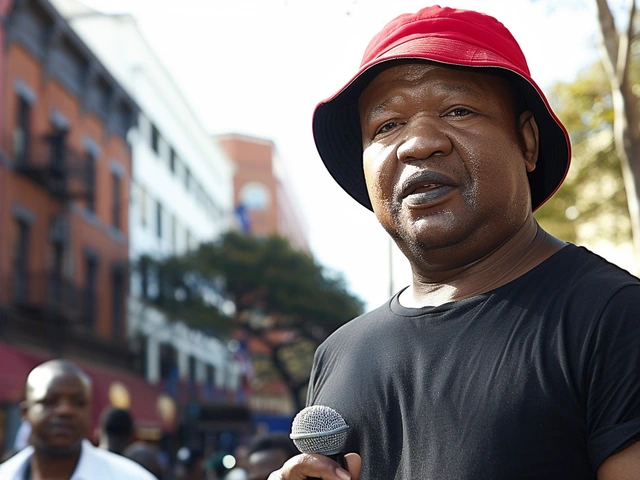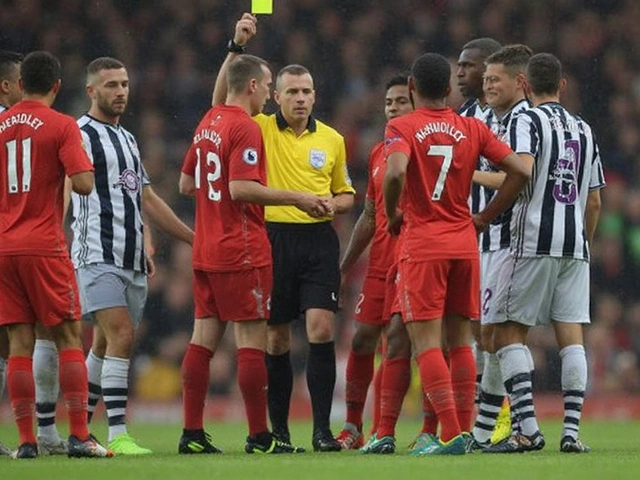Understanding the SAPS Legal Framework
If you ever wondered why the police do what they do, the answer starts with the legal framework that governs the South African Police Service (SAPS). This set of laws, rules and oversight mechanisms tells officers what powers they have, what limits those powers, and how they must treat the public. Knowing the basics helps citizens recognize their rights and see how police accountability works.
Key Legislation Behind SAPS
The backbone of the framework is the Police Act 1996. It outlines the structure of SAPS, the duties of officers, and the chain of command. The Act also creates the Independent Police Investigative Directorate (IPID), which steps in when there are complaints of misconduct.
Another crucial piece is the Criminal Procedure Act. This law tells police how to conduct investigations, gather evidence, and arrest suspects. It makes sure that procedures are fair and that evidence can stand up in court.
The Public Safety Act gives the government emergency powers during crises, such as riots or natural disasters. While it can expand police authority temporarily, the Act also requires regular parliamentary review to prevent abuse.
Finally, the National Key Points Act and the Protection of State Information Act protect sensitive sites and information. These laws let SAPS enforce security around strategic facilities without overstepping on civil liberties.
How the Framework Affects Everyday Policing
On the street, the legal framework shapes three daily actions: stopping people, searching property, and using force. For a stop or a search, officers must have a reasonable suspicion or a warrant, as the Police Act and Criminal Procedure Act describe. If an officer oversteps, the citizen can lodge a complaint with IPID, which is required to investigate within a set time.
When it comes to force, the framework is clear: any use must be proportionate, necessary, and aimed at achieving a lawful purpose. This principle is backed by the Constitution of South Africa, which ranks above all other statutes. In practice, officers receive training on de‑escalation, and any excessive force triggers a formal inquiry.
Community policing is also built into the framework. The Police Act mandates partnerships with local councils and NGOs to address crime at the grassroots level. These partnerships encourage police to focus on prevention, not just reaction, and they give communities a voice in setting priorities.
Accountability doesn’t stop with internal reviews. The National Assembly’s Portfolio Committee on Police regularly examines SAPS performance, budgets, and compliance with the law. Media outlets and civil‑society groups also keep a watchful eye, pushing for transparency when things go wrong.
Understanding these rules doesn’t make you a lawyer, but it does give you the tools to ask the right questions: Was a search backed by a warrant? Did the officer explain why force was used? Is there a clear line of reporting for complaints? Knowing the answers helps you protect your rights and hold SAPS to the standards set by the law.
In short, the SAPS legal framework is a mix of statutes, constitutional guarantees, and oversight bodies that together shape how policing works in South Africa. Stay informed, ask questions, and engage with the processes that keep law enforcement accountable.
On September 25, 2025, Major‑General Petronella van Rooyen, head of the SAPS legal division, testified before the Madlanga Commission. Her expertise sheds light on the legal rules governing the disbanding of the KwaZulu‑Natal Political Killings Task Team. The hearing follows earlier testimonies that accused senior politicians of meddling in police work. Van Rooyen’s statements aim to map accountability lines inside the police hierarchy and address fears of criminal syndicate infiltration. The outcome could reshape how South Africa’s police service is overseen.






